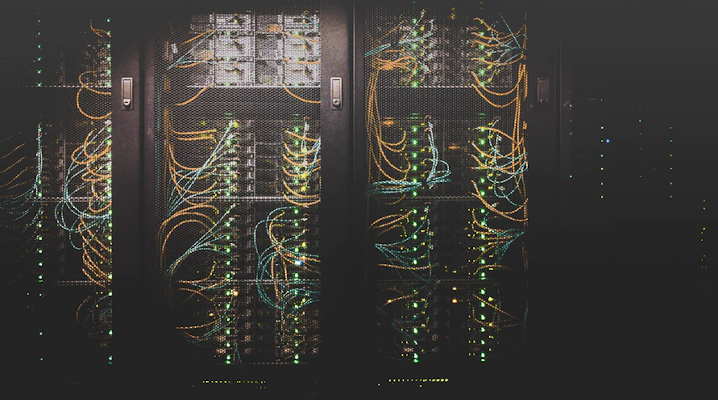Vaire Computing Ltd., a startup developing chips based on a nascent processing paradigm known as reversible computing, has raised $4 million in funding.
The company announced the investment today. 7percent Ventures, a venture capital firm focused on emerging technologies, and internet entrepreneur Jude Gomila led the raise. They were joined by Seedcamp, Clim8 and multiple angel investors.
Traditional processors generate a significant amount of heat while crunching data. To dissipate that heat, data center operators must install heavy-duty cooling equipment in their facilities, which drives up energy usage. Reversible computing, the processing approach that Vaire is using as the basis of its chips, could potentially help address the challenge.
The London-based startup says the technology could significantly reduce processors’ heat output if it’s successfully commercialized. As a result, servers could be operated using less power and at a lower cost. That would enable companies to run workloads such as large language models more efficiently than today.
An undo button for transistors
If a user adds two and two together with a pocket calculator, it will display the number four. But the device wouldn’t be capable of displaying the sequence of buttons that the user pressed to produce the number four. Recreating the results of past calculations is impossible as well.
At the hardware level, today’s most advanced server processors work in a similar fashion. Even simple computing tasks such as launching an app involve trillions of individual transistor operations or more. The individual results of those transistor operations are for the most part not saved, much like the button presses that produced the number on a pocket calculator’s screen.
Reversible computing chips take a different approach. In theory, the technology could make it possible to retrace every calculation that a processor completed while performing a task such as updating a database or deleting a document.
Reversible computing chips don’t have an internal log that keeps a record of the calculations they perform. Instead, they embed a kind of undo button into every single transistor. This undo button makes it possible to wind back the clock at the hardware level and perform every computing operation in reverse to identify what calculations preceded it.
In theory, the ability to recall past computations and reuse their results would allow a processor to operate more power efficiency than traditional chips. Such a processor would also generate significantly less heat. That would make the technology highly suitable for tasks such as training and running large language models, which require more advanced cooling equipment than other data center workloads.
In practice, however, reversible computing has proven difficult to commercialize. The concept was originally introduced in a 1961 paper authored by an IBM Corp. researcher. Since then, scientists have not found a way to build a reversible computing chip that can compete with traditional processors in speed or cost efficiency.
More power-efficient AI
Vaire argues it can achieve the breakthrough needed to bring reverse computing to data centers. According to TechCrunch, the company’s plan for the $4 million round it announced today is to develop a proof-of-concept reversible computing implementation. After demonstrating that its technology works, Vaire hopes to raise a “much larger” round to build a functioning chip.
The company didn’t provide technical details about how it plans to implement reversible computing. Some researchers have attempted to turn the technology into a product using specialized transistors resembling miniature jenga towers. Others have built prototypes using CMOS technology, the manufacturing approach that underpins traditional processors.
The company believes that its hardware could lend itself to multiple use cases. According to Vaire, reversible computing circuits could form the basis of new, more efficient central processing units. The company estimates that the technology may also be useful for building specializes processors such as AI accelerators.
Image: Unsplash
Your vote of support is important to us and it helps us keep the content FREE.
One click below supports our mission to provide free, deep, and relevant content.
Join our community on YouTube
Join the community that includes more than 15,000 #CubeAlumni experts, including Amazon.com CEO Andy Jassy, Dell Technologies founder and CEO Michael Dell, Intel CEO Pat Gelsinger, and many more luminaries and experts.
THANK YOU



